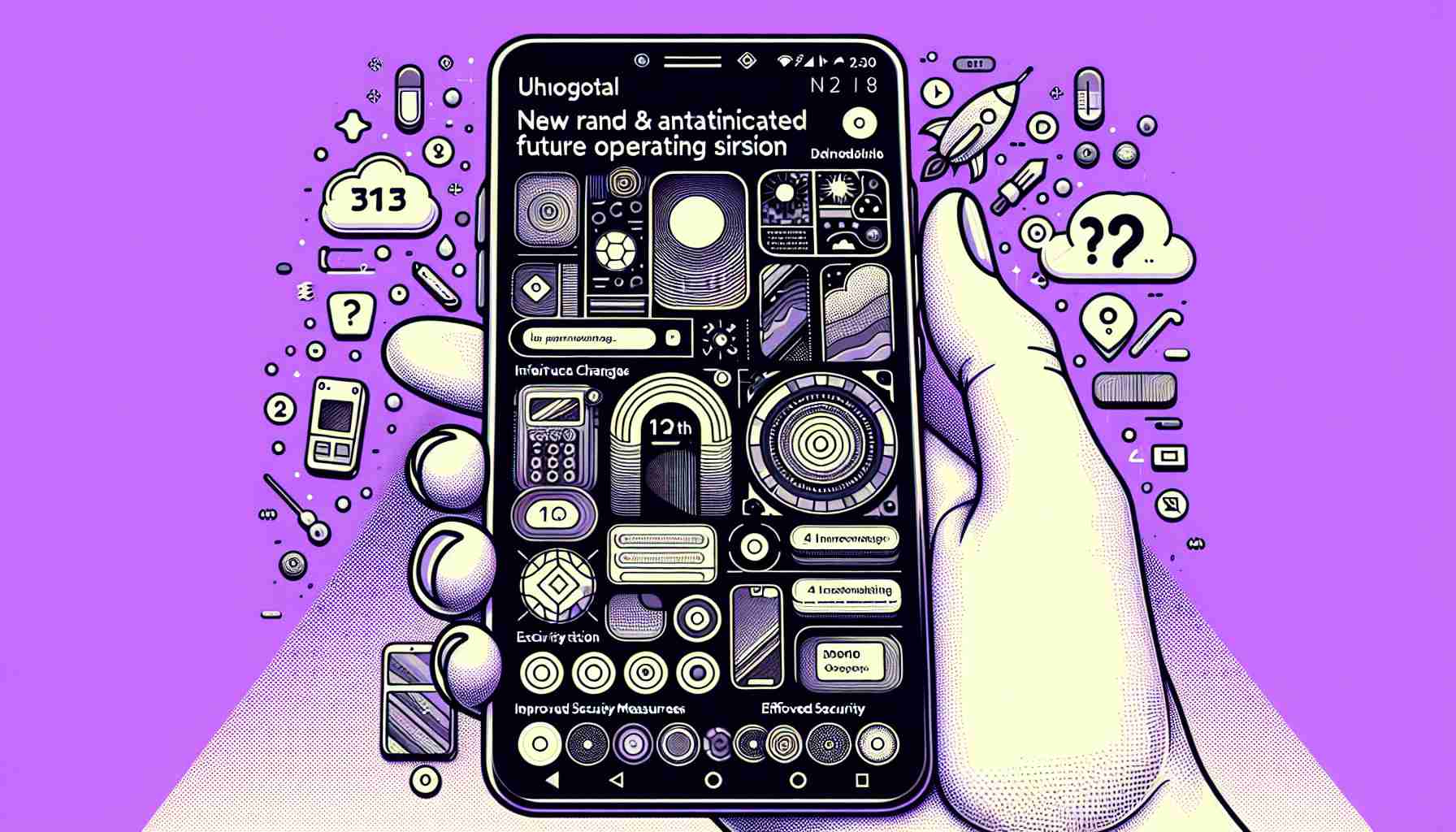Google Takes a Page from Apple’s Book with Emergency Satellite Communication
Google is set to introduce a lifesaving feature that Apple users have already been familiar with: emergency satellite communication. This advanced capability, initially integrated into the iPhone 14, has demonstrated its worth by assisting individuals in dire situations where cell service is not accessible. Now, with its incorporation into Android 15, people who rely on Android devices will have the same level of safety and connectivity regardless of their location.
From Lockscreen Widgets to Standby Mode: Android Borrows from iPhone
In the realm of mobile operability, borrowing and improving upon existing features from rivals is not uncommon. Google’s Android 15 is rumored to reintroduce lockscreen widgets, a sought-after feature that could enhance the user experience by providing quick access to information like weather updates or calendar appointments. Moreover, mirroring the StandBy Mode of iOS 17, which turns an iPhone into a personalized smart display, Google may enhance Android phones with an improved version of this functionality without the constraints of specific charging methods.
Enhancing Device Interconnectivity and Personal Safety Features
With the aim of streamlining users’ digital lives, a system akin to Apple’s Handoff is an expected addition to Android. This would allow users to transition tasks between Android devices effortlessly. Additionally, a new Check In feature could bolster personal safety offerings on Android, drawing inspiration from an iOS messaging app counterpart and added conveniences such as the ability to share one’s arrival at destinations with loved ones.
Smarter Sharing and Email Privacy Upgrades on the Horizon
Android may be poised to implement a NameDrop-like feature that simplifies contact sharing — think tapping a phone to a laptop for instantaneous connectivity. As for guarding against email spam, Google might borrow from Apple’s ‘Hide My Email’ concept to ensure that users can generate dedicated, disposable email addresses, increasing privacy and substantially reducing unsolicited mail. This potentially new addition would be a significant development, given Google’s prevalence in the email service space.
Questions and Answers:
Q: When is Android 15 expected to be released?
A: Specific release dates for Android versions are not usually announced far in advance. Typically, Google releases the major Android updates annually, so Android 15 could be anticipated around the third quarter of the year it’s expected to launch, following the patterns of previous releases.
Q: Will all Android devices receive the new features of Android 15?
A: Not necessarily. Android feature updates are often dependent on hardware capabilities and manufacturer decisions. Therefore, while flagship and newer devices are likely to receive the full suite of updates, some older or lower-end devices may not support all new features.
Q: How will emergency satellite communication in Android work?
A: As seen in other devices with satellite communication capabilities, the Android feature would likely allow users to send distress signals and limited messages to emergency services when out of cellular range. These communications typically use a network of satellites to relay messages.
Challenges and Controversies:
One key challenge with introducing new features like emergency satellite communication is ensuring wide availability and reliability across all regions, which can be a significant technical and regulatory hurdle. Android’s fragmented ecosystem might also pose challenges in implementing consistent safety and communication features across all devices and manufacturers.
There may be controversies surrounding privacy, especially with features like Hide My Email, as users might question whether their anonymized emails can still be traced back to them by Google, which already manages vast quantities of user data.
Advantages and Disadvantages:
Advantages:
– Offering emergency satellite communication can drastically increase safety for individuals in remote areas.
– The introduction of lockscreen widgets and enhanced standby modes may improve overall user experience, making information more accessible.
– Improved interconnectivity between devices within the Android ecosystem can foster a cohesive and convenient user experience.
Disadvantages:
– New features often come with an increased need for device resources, which could affect battery life and performance, especially on older models.
– There is always a period of adaptation required for users, and some may resist changes, especially if they are used to the current interfaces and functionalities.
– Security and privacy concerns need to be thoroughly addressed to maintain user trust, particularly with new sharing and communication features.
For further updates and information regarding Android and its development, refer to the official Android domain.
